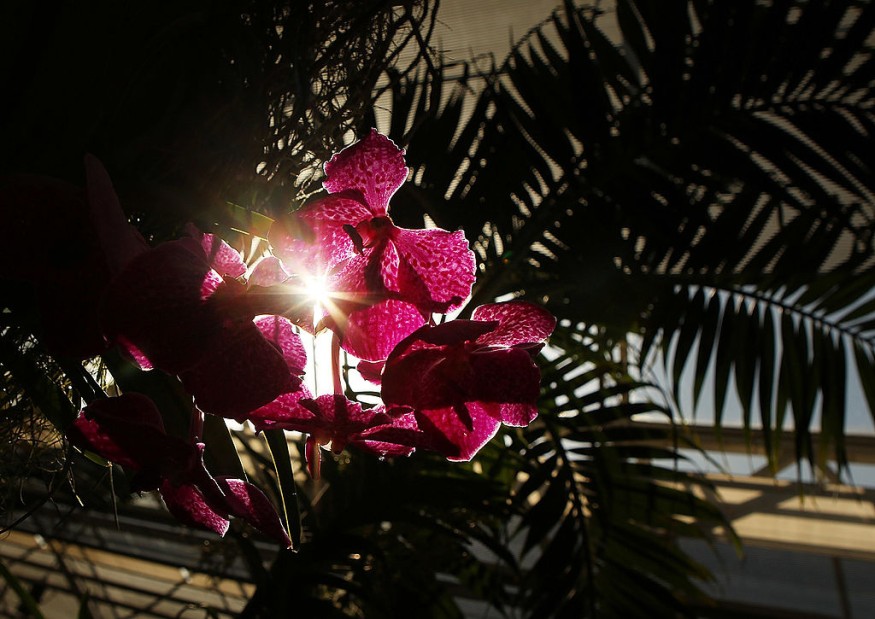
Researchers are turning to artificial intelligence (AI) in speeding up conservation efforts for orchids and other species, automating the assessment process.
Many species of orchids are continuously threatened by human activities, such as poaching and massive land conversion. Unfortunately, only a small part of these species are included in the International Union for Conservation of Nature's (IUCN) Red List of Threatened Species. Assessment of whether a particular plant or animal species is actually "threatened" requires time, expertise, and resources.
RELATED: New Study Offers Insight on Human Impact on Mammal Extinction
A research team, led by experts from the German Centre of Integrative Biodiversity Research (iDiv) Halle-Jena-Leipzig, has designed a new approach that uses an AI for its automated assessment method. The details of their study are published in the journal Conservation Biology.
Using AI to Find Threatened Species
"Deep neural networks are widely used in other fields such as image recognition, but they can also help with conservation assessments," said Dr. Alexander Zizka from iDiv and Leipzig University in Germany. He added that their technique also accounts for other factors like climate, geographic region, or specific traits to a certain species, adding that they "can do this very fast."
Out of 14,000 known orchid species, more than 4,300 of them are reportedly facing real extinction threats. This accounts for roughly 30 percent of all orchid species. Additionally, the researchers were also able to narrow down the list of areas that require the most urgent and extensive conservation efforts. Among the places where orchids are endemic, researchers have identified the following locations as the most critical: Madagascar, southeast Asia, East Africa, and a number of oceanic islands.
Not a surprise - threatened #Orchids concentrated in #biodiversity hotspots a) # of Possibly Threatened Orchid species per TDWG region. (b) Proportion of Possibly Threatened Orchid species relative to # evaluated. Learn more https://t.co/rtvnmMbzLu pic.twitter.com/NqsKs36Cs8 — IUCN Orchid Specialist Group (@IUCN_Orchids) September 28, 2020
According to the published report, the assessment of the AI tool returned results with an accuracy of 84.3 percent.
Dr. Pati Vitt, from Northwestern University in Evanston in the United States, explained that all orchid species should ideally have their IUCN Red List assessment. With their method, they can start with those that need focused efforts as soon as possible.
The researchers also inquired on the instances where the AI-generated assessments diverged from the IUCN Red List. Professor Tiffany Knight, from iDiv, Martin Luther University Halle-Wittenberg, and Helmholtz Centre for Environmental Research in Germany, explained that the differences provide "information on how we can best refine the automated assessments in the future to increase their accuracy even more."
WATCH: Crickets Have An Unusual Way of Dispersing Orchid Seeds
Saving the Orchids and More
Aside from their popular demand as ornamental plants, orchids generally serve various other purposes—from horticulture to medicine, and even foods. One species, vanilla orchids, are massively grown in commercial farms for the seed pods—the natural source of vanilla extract used in a wide variety of foods. The northeast of Madagascar is among the regions whose economy largely depends on the vanilla production industry.
With the results of the AI toll in automating the assessment of orchids, researchers hope to use this as a model for other species. They are looking to apply the same automated process in other regions rich in different species but remain poorly studied.
Check out more news and information on Biology and Artificial Intelligence on Science Times.










